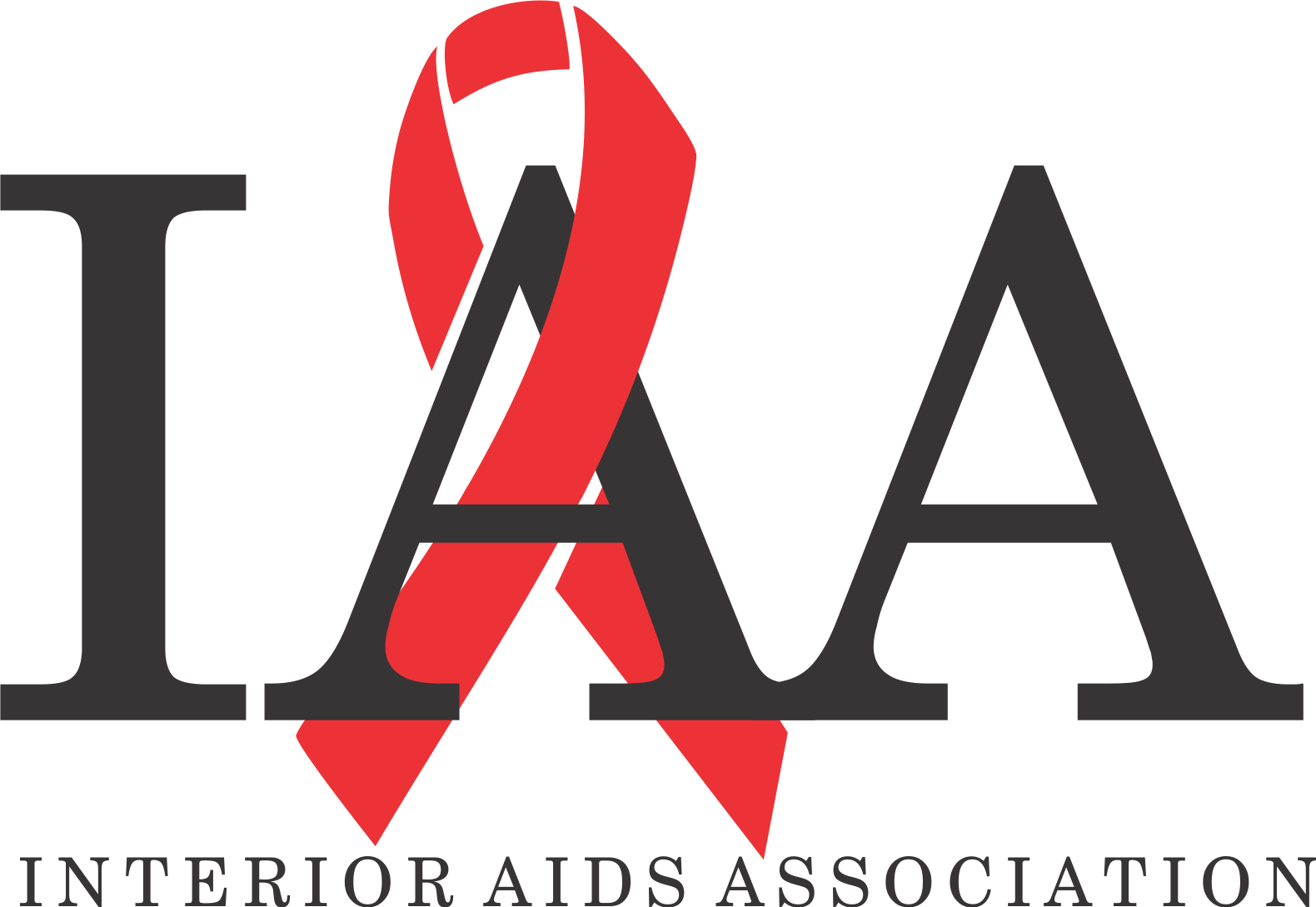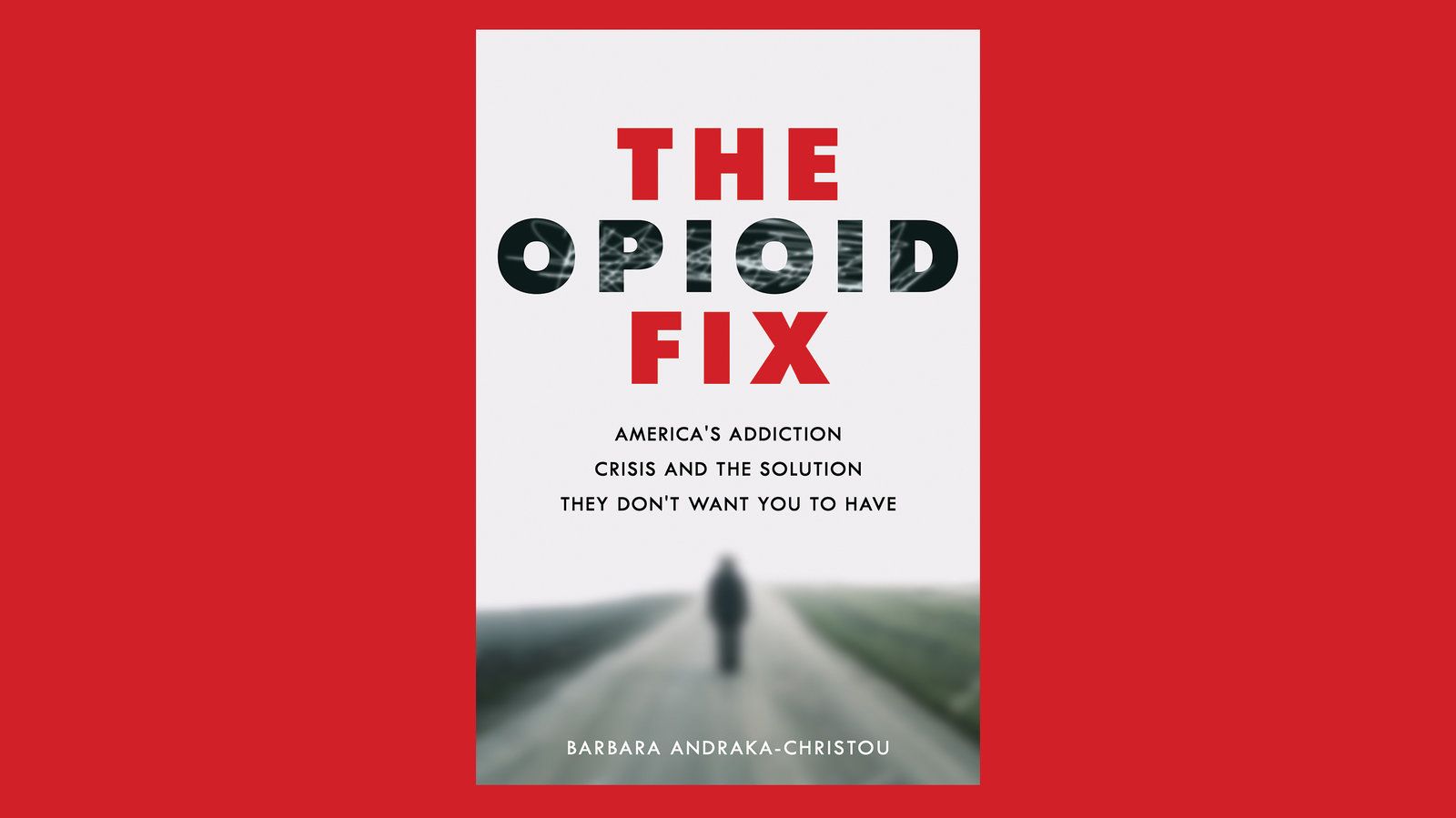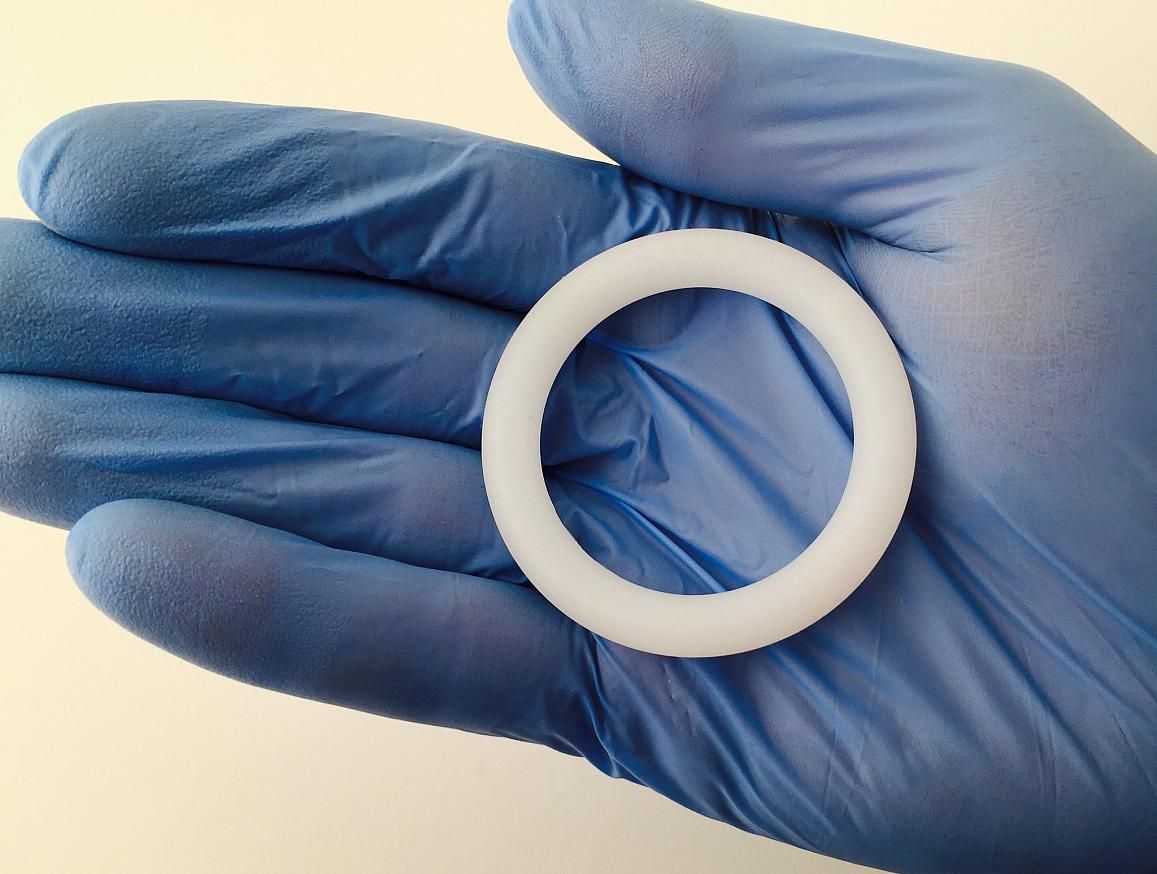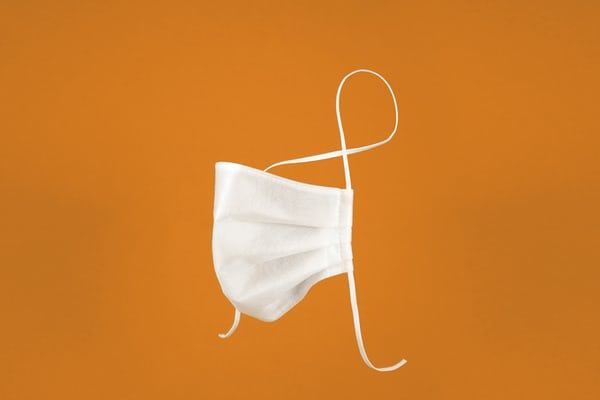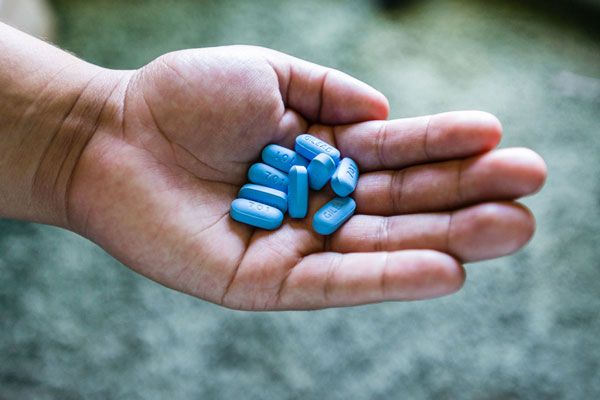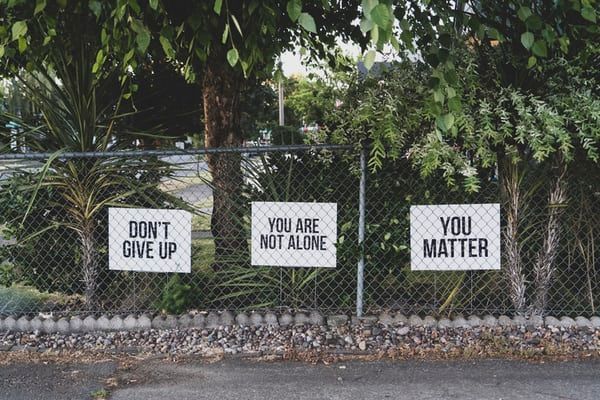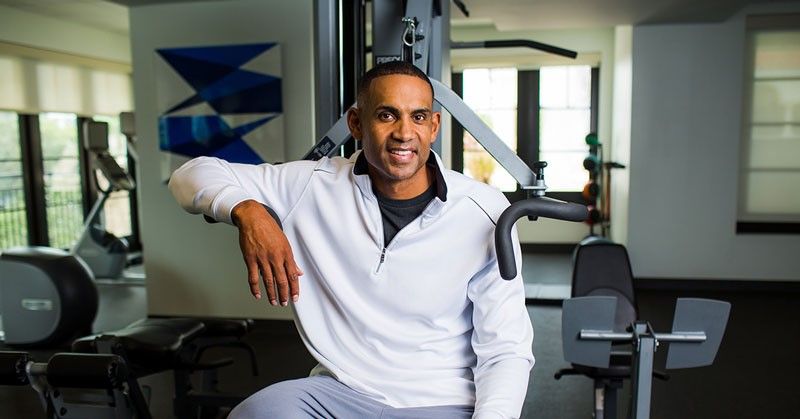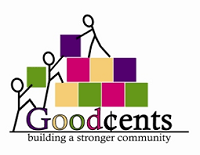You’ve come to the right place.
Be sure to check back regularly to get our latest news updates.
Harm reduction is a set of ideas and interventions that seek to reduce the harms associated with both drug use and ineffective, racialized drug policies.
The top health concern around the world right now is COVID-19, the disease caused by a new strain of coronavirus known as SARS-CoV-2. And while there’s a lot of general information out there, very little of it is geared toward people who might be immunosuppressed, including people living with HIV.
To help those who might be seeking information and are rightfully skeptical of random Google search results, TheBody asked David Malebranche, M.D., an internal medicine physician and HIV/sexual health expert, to speak to concerns and questions many people reading this might have.
Barbara Andraka-Christou, an assistant professor of health management and informatics at the University of Central Florida discusses her new book, The Opioid Fix. She explains her view on utilizing treatment options available, including Medication Assisted Treatment.
Positive review of new HIV medication for cisgendered women, specifically in sub-Sarharan Africa where women are among the most effected by HIV.
How to recognize and cope with stress during COVID-19.
When it comes to living an altruistic life that can help make a difference for others, one of the most valuable things you can give your community is the gift of volunteering.
Media adverts from 'ambulance chasing' lawyers spreading misinformation about Truvada and encouraging people to join a lawsuit against its manufacturer have resulted in young people at high risk of HIV not starting PrEP or switch to alternative methods of HIV prevention, according to research presented to the 23rd International AIDS Conference (AIDS 2020: Virtual).
FDA has approved a new medication to treat HIV positive patients that have medication resistance.
COVID-19 attacks the lungs and people living with a substance use disorder may be at higher risk.
After 19 years of professional basketball—and 11 surgeries—Grant Hill has learned a thing or two about pain management.
